
Scientists at the Louisiana State University Health New Orleans Neuroscience Center of Excellence have developed a new, experimental human cell line from retinal pigment epithelial cells.

Scientists at the Louisiana State University Health New Orleans Neuroscience Center of Excellence have developed a new, experimental human cell line from retinal pigment epithelial cells.

While the surgeons reported that the BW filter provided higher contrast during nucleus and viscous removal and posterior capsular polishing, they subjectively reported no significant advantage of using a BW filter.

Treatment and reduces burden of care, providing a treatment option for patients diagnosed with diabetic macular edema.

MyMD Pharmaceuticals Inc. announced recently that it has entered into a material transfer agreement with Bascom Palmer Eye Institute of Miami, Florida to collaborate on a pre-clinical study using MYMD-1 as a potential treatment for traumatic optic neuropathy.

According to the company, the study assesses the safety and tolerability of a single dose of CLS-AX administered to patients diagnosed with wet AMD by suprachoroidal injection.

Trial is evaluating the use of the Technolas TENEO excimer laser for vision correction surgery for hyperopia with astigmatism.
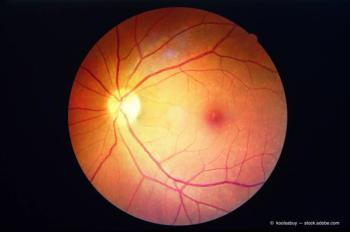
According to the company, new imaging options presenting opportunity for better outcomes for patients.

Results from the U.S. pivotal trial showed Apthera IOL subjects achieved statistically superior uncorrected intermediate and near vision, and equivalent distance vision and contrast sensitivity compared to control subjects.
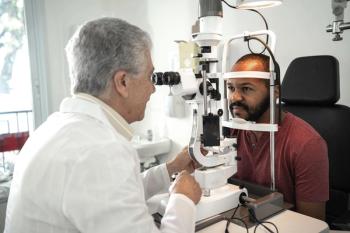
Mount Sinai study could lead to earlier and increased screening for this population to prevent blindness.

According to the company, 6-month safety and efficacy data are expected in Q1 2023. MCO-010 gene therapy reprograms healthy retinal cells to make them photosensitive.
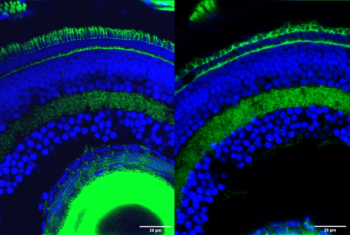
The findings could lead to a new understanding of unexplained causes of heritable retinal diseases.

Pediatric ophthalmologists may need background information when treating young patients.

LBS-008 is the company’s orally administered tablet for the treatment of Stargardt disease. There are currently no FDA approved treatments for Stargardt disease or dry AMD.

NIH-funded clinical trial finds that starting with a cheaper drug and switching to a more expensive drug as needed leads to good vision outcomes in diabetic macular edema.

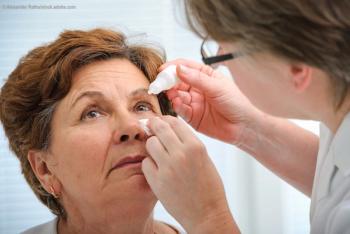
A novel eye drop under development may provide neuroprotection to the retinal ganglion cells.

Physicians use a new administration method to treat patients diagnosed with noninfectious uveitis.

According to a team of investigators from Yale, Stanford and Dartmouth, the variances in regional healthcare spending are not limited to either public or private payers.
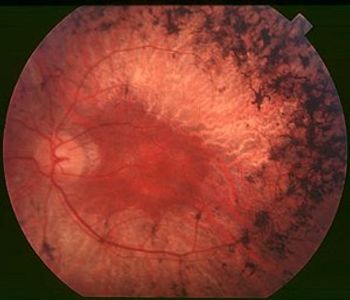
A team of scientists, led by Andrzej Foik, PhD, of the International Center for Translational Eye Research in Poland, is working on new therapies that may slow vision loss in patients diagnosed with retinal degeneration.
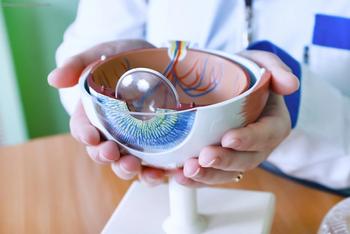
The companies will jointly develop 4D bio-fabricated corneal transplants for diseases that require endothelial keratoplasty and natural lenticule transplants.

Eyes of mice lacking protective protein show signs similar to age-related macular degeneration.

The ASRS See for a Lifetime See a Retina Specialist initiative will spotlight early detection and outline the importance of seeing a retina specialist.

The threshold limit value is increased for virus and bacterial eradication.

According to the company, pegcetacoplan is an investigational, targeted C3 therapy for the treatment of geographic atrophy secondary to age-related macular degeneration.

A national poll suggests most parents overlook simple steps to protect children’s eyes; 1 in 7 parents say their child has not had a vision test in 2 years.

The company and its U.S. joint venture partner and licensee, HLB Therapeutics, signed a letter of intent this week with a global ophthalmology contract research organization to conduct a pair of phase 3 clinical trials simultaneously beginning in the fall in the U.S. and Europe for patients with neurotrophic keratitis.

University of Chicago Medical Center investigators reviewed 2 years of data on assaults with paintball guns found more patients than expected suffered vision-threatening emergencies after being struck in the eye, with several experiencing a rupture of the eyeball or even permanent blindness.

Cynthia Matossian, MD, FACS, ABES, explains why eye care professionals should oversee the selection and use of artificial tears for patients with dry eye.

Children may find it difficult to return to play or school after a concussion, and ophthalmologists and pediatricians can help identify if some will need special learning accommodations or additional referral for treatment.

According to the company, the study found a positive safety and tolerability profile for aCT1 for treatment of corneal injury.